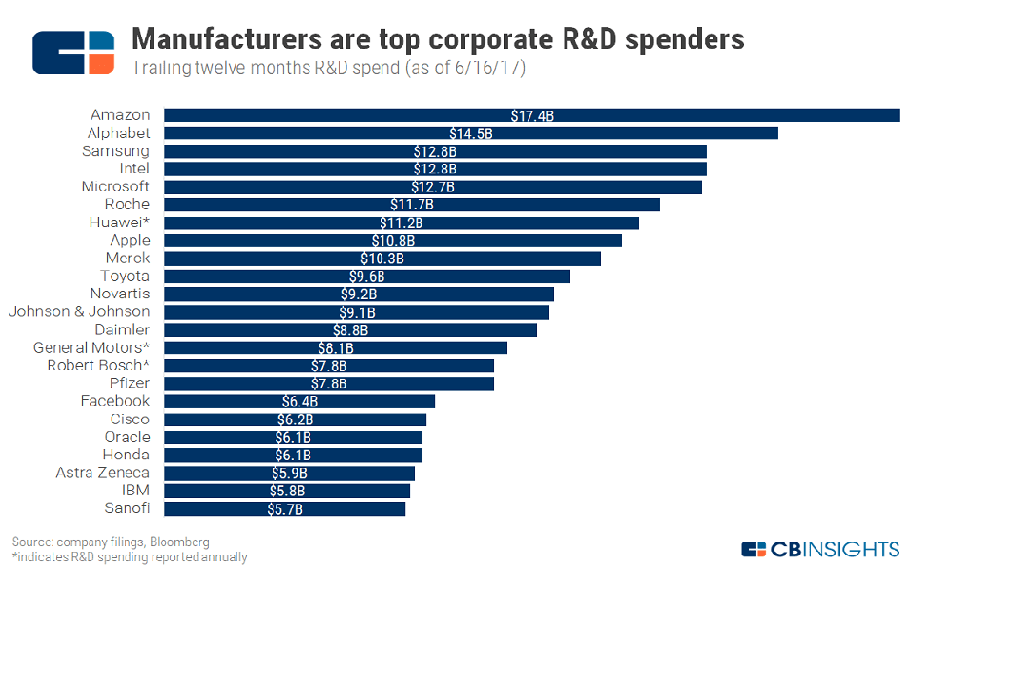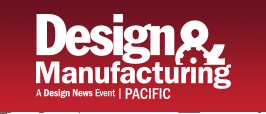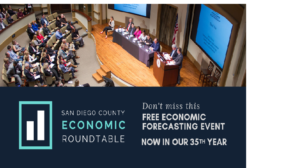The manufacturing sector has an unrivaled ability to boost the nation’s global economic competitiveness. If the United States wants to remain a world leader and super power, it needs a cutting-edge manufacturing sector that is a step ahead of the competition. This is why the National Network for Manufacturing Innovation was formally established in 2014, now called Manufacturing USA®.
The website states, “Manufacturing USA® is a national network created to secure U.S. global leadership in advanced manufacturing through large-scale public-private collaboration on technology, supply chain and education and workforce development. The network comprises the U.S. Departments of Commerce, Energy and Defense, their sponsored manufacturing innovation institutes, and six additional federal agency partners, creating a whole-of-government, national effort to drive innovation in manufacturing.”
The following 17 institutes are now part of the Manufacturing USA network:
- AIM Photonics
- ARM
- America Makes
- BioFabUSA
- BioMADE
- CESMII
- CyManII
- EPIXC
- IACMI
- LIFT
- MxD
- NIIMBL
- NextFlex
- PowerAmerica
- RAPID
- REMADE
“While each institute is established by a sponsoring federal agency and has a unique advanced manufacturing technology focus and identity, they also seek to advance the bigger Manufacturing USA network mission to improve American manufacturing’s global competitiveness….Each institute includes members from industry, academia, and state and federal governments with a shared interest in advancing manufacturing [and]…collectively worked with over 2,500 member organizations to collaborate on more than 670 major technology and workforce applied research and development projects and engaged over 106,000 in advanced manufacturing training. “
The website describes the background of why and how it was formed. “In June 2011, the President’s Council of Advisors on Science and Technology recommended the formation of the “Advanced Manufacturing Partnership” (AMP) (report). The partnership was led by Dow Chemical Company President, Chairman, and CEO Andrew Liveris, and MIT President Susan Hockfield. The Advanced Manufacturing Partnership was charged with identifying collaborative opportunities between industry, academia and government that would catalyze development and investment in emerging technologies, policies and partnerships with the potential to transform and reinvigorate advanced manufacturing in the United States. In 2012 it issued its first set of recommendations, “Report to the President on Capturing Domestic Competitive Advantage in Advanced Manufacturing.”
After a nationwide outreach and engagement effort, “The National Network for Manufacturing Innovation: A Preliminary Design,” was issued in January 2013.
In September 2013, an AMP 2.0 final report focused on a renewed, cross-sector, national effort to secure U.S. leadership in the emerging technologies that will create high-quality manufacturing jobs and enhance the United States’ global competitiveness. The steering committee, whose members are among the nation’s leaders in industry, academia, and labor, was a working group of the President’s Council of Advisors on Science and Technology.
In December, 2014, Congress passed the Revitalize American Manufacturing and Innovation Act (RAMI Act) into law, which gave Congressional authorization to the Advanced Manufacturing National Program Office and authorized the Department of Commerce to hold “open-topic” competitions for manufacturing innovation institutes where those topics of highest importance to industry could be proposed.”
The key initiatives of Manufacturing USA® are:
Advanced Manufacturing Technology Leadership – The institutes “convene private sector companies, academic institutions, government entities, and other stakeholders to pursue collaborative research and development, test applications, and train workers.”
COVID-19 Manufacturing Recovery – It “helped facilitate the production of Personal Protective Equipment (PPE) and helped empower U.S. manufacturers to reinvent the domestic PPE supply chain.”
Future Manufacturing Supply Chains – “It is engaging in projects that make domestic manufacturing processes more innovative and efficient to strengthen the competitiveness and resilience of U.S.-based manufacturing.”
Manufacturing Workforce Development – It is “helping to define the skills and training needed to satisfy manufacturers’ future requirements…retraining and upskilling the current workforce, and developing STEM talent for the future.”
Clean Energy Manufacturing – “It is fostering the development of energy efficient and clean energy technologies that will lead to major reductions in manufacturing energy costs and increases in innovative new green products in emerging clean-energy industries.”
Manufacturing USA® has developed a national education and workforce development roadmap to revitalize the manufacturing workforce by bringing together the public and private sectors to create opportunities for existing and prospective workers to find their pathways into the advanced manufacturing workforce. The roadmap is bu8ild upon three key priorities: equip with skills, broaden access, and spark interest.
The February 2024 edition of SME’s Smart Manufacturing magazine featured an article titled “Manufacturing USA, Stronger than Ever” outlining some the of the recent accomplishments of a few of its network institutes. It also mentioned the Modern Makers campaign that was “launched in 2023 to showcase individuals whose sense of purpose embody the Manufacturing USA mission to secure the future of U.S. manufacturing through innovation, education and collaboration.”
The article reported that “two institutes received significant funding from the Department of Commerce’s Economic Development Agency (EDA) Build Back Better (BBB) initiative, three institutes recently received EDA grants associated with the CHIPS and Science Act, and another institute’s parent organization got a grant from the Department of Defense’s (DoD) funding from the CHIPS and Science Act.”
For example, the Advanced Regenerative Manufacturing Institute (ARMI) received a “BBB grant to create a Robotics Manufacturing Hub and support four innovation accelerators in an 11-county region of Pennsylvania.”
The article reported that “America Makes is a partner in the new Sustainable Polymers Tech Hub, which is led by the Greater Akron (Ohio) Chamber of Commerce… the Akron area has the largest concentration of plastics and rubber manufacturing plants, machines and materials in North America and is positioned to establish global leadership in sustainable technology in those areas.”
In addition, CyManII led the Secure Manufacturing in South Texas Strategy Development Consortium of 13 organizations in San Antonio, Texas and “was awarded a Strategy Development Grant to develop a regional coalition and innovation roadmap to mature cybersecurity and secure manufacturing technologies…CyManII’s efforts are in advancing research through development and testing…[the consortium] will develop an innovation roadmap for cybersecurity and secure manufacturing technologies.”
Also, “PowerAmerica’s home institution, North Carolina State University, received a $39.4 million DoD grant to build the Commercial Leap Ahead for WideBandgap Semiconductors (CLAWS) semiconductor research hub, which will create a semiconductor research foundry to advance next generation chips and fabrication technology. CLAWS is one of eight federal research hubs around the U.S. created from the CHIPS and Science Act.”
The Manufacturing USA institutes are creating a better climate for manufacturers to help them adopt the innovative applications of Industry 4.0 technologies that will strengthen and grow their businesses. The economic development activities of the institutes are designed to strengthen the supply chain and improve the competitive position of U.S. manufacturing companies. In turn, this will provide pathways for Americans seeking rewarding, higher-paying jobs and contribute to stronger local, regional and national communities. Be sure to check out which institute is focused on your industry.






